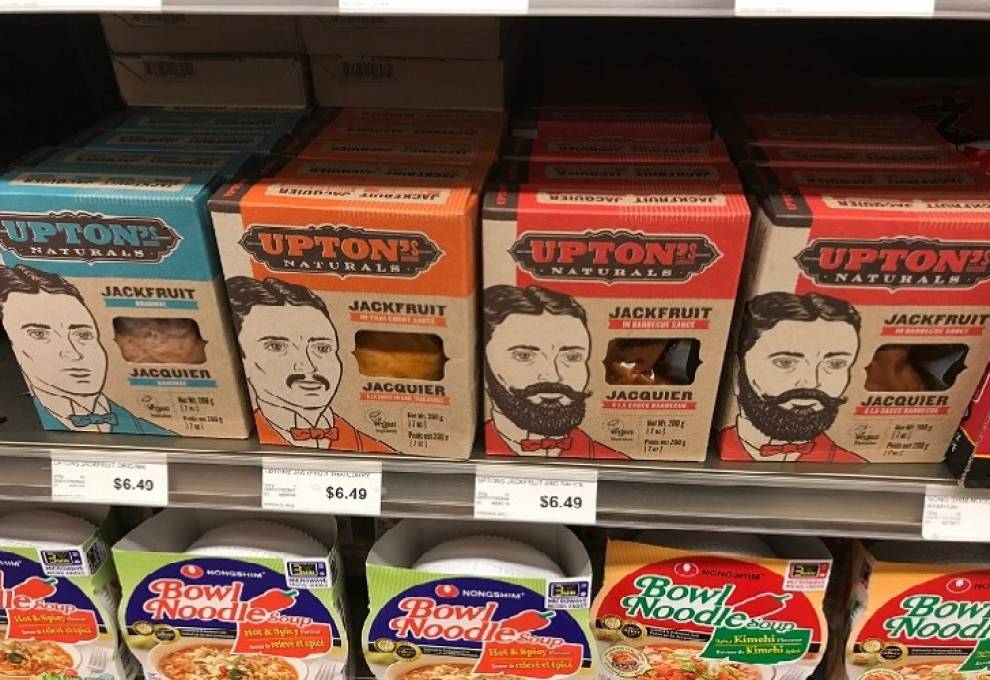
Since Amazon purchased Whole Foods, we have seen acceleration in the race to sell food on-line. The pace of change is something we have not experienced in the food industry. Bricks and mortar retailers are investing millions in on-line platforms and traditional on-line retailers like Amazon are opening bricks and mortar stores. We need to figure out what does it all mean for suppliers in the industry.
We have to remember people have to eat and our job in the industry is to figure out the best way for them to want our products and be able to get them into their house. On-line is one more option for consumers. It does not mean they will eat more. It does mean they will buy differently and the more they buy on-line the less they will buy in store.
Selling food on-line is different
If you are only available on-line through your retail partners you are at their mercy as to how your product will be displayed and where. This is risky, as most on-line platforms need to be improved. Just look at your category. It does not reflect the store.
You are limited to the space on their screen or their phone as opposed to making the purchase decision in front of the entire category. For suppliers you need to consider how you come across on-line. Three things you should do today:
- Find your products on-line and try to buy them.
- Is the print on your packaging large enough to register?
- Where is your item in the on-line delivery? If it is not in the right place talk to your customer. You will both lose sales.
If you are selling direct to consumers on-line you are entering a whole new world. Building relationships with consumers is different in this medium. Often the key is to develop the relationship before you try to sell. Many consumers rely on the opinions of complete strangers. Consider how many people book a hotel based on recommendations from complete strangers. You can control the experience from start to finish, which is great but it is also a lot of work. You need to make sure the interaction with everything from your website to the delivery of product reflects the brand as you have designed it. Three things you should do today:
- Look to see what consumers are saying about you on-line
- Purchase your own product regularly to ensure your partners such as fulfillment houses and delivery are doing what you are paying for.
- Make sure you are growing your list to continue expanding your market. The world is your market but only if you grow your list.
Your customers believe they have to be on-line and so should you
You have an opportunity to build sales for your products with the right on-line presence. You do not have to sell direct to consumers if it is not right for your business but you do have to develop relationships with consumers. Remember it is your job to ensure your products sell. You can influence this on-line.
One of the benefits of promoting products within social media is that you can be very focused. Define your target consumer, find out where they hang out on-line and communicate with them. Build demand for your items. Remember to put the right resources into this. Think of it as having the opportunity to have a personal conversation with the people who pay your salary. I have heard many farmers say they find selling at farm markets invaluable for the direct feedback they get from consumers. Feedback on-line is no different.
You customers watch what you do on-line
Your customers (the retailers) can see everything you do on-line. They do watch from time to time so keep this in mind. Retailers will also view your message that is intended for the consumer.
You can also use this to your advantage. You can share with consumers where to find your product or perhaps offer suggestions that drive consumption. Both of these initiatives help your customers. You will not get a thank you call or an email but they know you are in their court.
Subscription-based business models
We are starting to see more subscription-based business models. Consumers make a commitment to purchase the item regularly and you send it to them. This can be mutually beneficial in that you have a consumer for a year and they know the product will just arrive. The challenge is to find items that people need on a regular basis and your solution is right-sized for them. This can mean it is always the same and they do not get tired of it or you have to vary it to keep them interested.
Meal kits are an example of a subscription-based business. You commit to two to three meals per week, have some input on the menu and it just arrives. We also see some other categories such as pet food where it can be successful.
Loyalty is very important here. If you have this consumer committed for 12 months they are not going to buy anywhere else. That is a great place to be with that consumer. In the bricks and mortar environment, you are at risk every time they enter the store that they will buy a competitor.
I am not sure how many different packages people want coming to their house but this option continues to grow. It is great for gift-type items where you can give someone product ABC for an entire year.
As a supplier in the food industry it is your job to sell your products. On-line is an integral part of that job now. Whether you are leaving the transaction to your customers in their on-line platform or you are doing it yourself you need to be aware of the changes and what the impact is on the end user. Check out the options on-line and experience it as a consumer, not a supplier.
If you have any questions about selling your products please give me a call at (902) 489-2900 or send me an email at peter@skufood.com.
WHAT’S IN STORE?
Plant-based protein
Plant-based protein is a hot topic in the food industry. Consumers are looking for options and retailers in markets from British Columbia to Newfoundland tell me consumers are looking for these items. This is an emerging category and we see it in different parts of the store. Many of the items are not new but they are being positioned as protein, as opposed to produce.

Add new comment